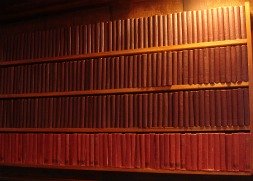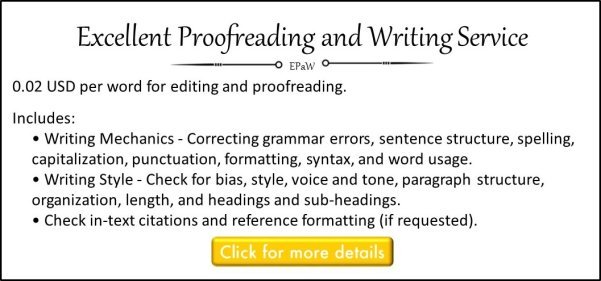Writing a Scientific Paper
To write non-fiction well you need to plan well. The writing of scientific papers is no different. In fact it might be even more important.
You're likely to have received a substantial amount of funding to carry out your research. You'll more than likely be required to publish your results.
So it would make sense to start planning your paper at the same time you plan your experiments. Ask yourself, do these experiments form a body of work that I can publish? If not, what do you need to do to increase the quality so that it'll be suitable to publish?
You need to know how your results will fit together into a scientific paper before you start your experiments.

Choosing a Journal
Assuming that you planned your experiments well, you then need to decide where you would like to publish the results. The journal you chose will affect the way you write your paper. Each journal has its own style guide which you need to follow.

The choice of journal is one of the most important ones you'll make. You need to make sure you do everything to ensure your paper is suitable for the journal, as all journals receive more papers than they can publish.
When choosing a journal you need to consider:
- Whether to choose an international or local journal.
- The scope and aims of the journal.
- How often the journal is published and how long it'll take to get your paper published.
- What type of articles does the journal publish?
- What conditions are attached to publishing in the journal?
- Will your paper have any special requirements?
- The style of the journal.

Writing the Paper
As I have already said planning is very important. You should plan well so that when you need to carry out the plan, all goes well.
The overall writing process for a scientific paper will be similar to the academic writing process as outlined in the academic writing section. The first part – research – you should have already started.
When you wrote the funding application you'll have had to justify why the topic was worth funding. As part of this many applications want a short literature review.
This can form the base of your research. You'll need to update it but you should already have extensive knowledge about your area of research. So you should know your background information.
Then comes the second part – planning – here you'll organize your data, references and thoughts about the paper. You should plan each section of the paper and start to prepare your data for presentation.
Ideally you should have already analysed your data so you know that it'll support your conclusions and is of a suitable standard to publish. The analysis of the data is a separate step, between the experimental and writing. Conducting scientific research (after getting funding is a three step process):
- Do experiments – analyse your data – publish your results (write a paper)
As part of planning, make sure you've enough references to prove your points and plan where you'll use each reference in your paper.
If you planned well at the start of the experimental work this section should be fairly easy and you'll just have to decide on the right order to present your data in and which bits are not vital. These bits can be left out so that you've a concise paper which is clear and easy to read.
After a final review of your plan you're ready to start the third part – writing. Here you'll write the first draft of the paper and revise, then rewrite, as many times as are necessary.
There are no tricks for writing a paper, you just need to sit down and write. Find a method and time that suits you and write. The first draft doesn’t need to perfect, it doesn’t even need to be good. As long as you write it, you can improve it, and publish it. If you don’t write it, it can never be improved, and never published.
During the revision process you should ask yourself these questions:
- Are all the parts of the paper full described?
- Is the logic in the paper good?
- Is the order that information is presented in ok?
- Is all the text needed?
- Do I need all the figures tables I have planned?
- Can some be combined or removed completely?
- Are there enough or too many headings or subheadings?
- Do I need to make any major changes?
After several revisions the paper should be nearly ready. Check all your references, and check your tables and figures.
Now you can – finalize – your scientific paper. Here you proofread it thoroughly for spelling, grammar and English language errors.
If possible get someone else to also read it. They'll read with a fresh set of eyes and brain and probably find mistakes that you missed.
This might take time but it's worth it if it means that your paper gets accepted rather than rejected. See the proofreading section especially the pages about techniques and the checklist for proofreading.

If you think you might need help proofreading and finalizing your scientific paper but aren't sure if it's wroth it you can send me part of your paper and I'll correct if for free. See my free trial page for more details.

Return to Scientific Writing from Writing a Scientific Paper
Return to Excellent Proofreading and Writing Homepage from Writing a Scientific Paper



By Jolyon Dodgson, copyright © 2011-2020.
Excellent-Proofreading-and-Writing.com - Proofreading and writing help for excellent first impressions.





New! Comments
Have your say about what you just read! Leave me a comment in the box below.